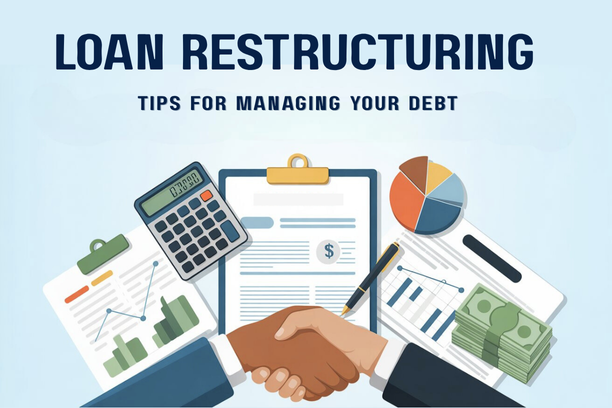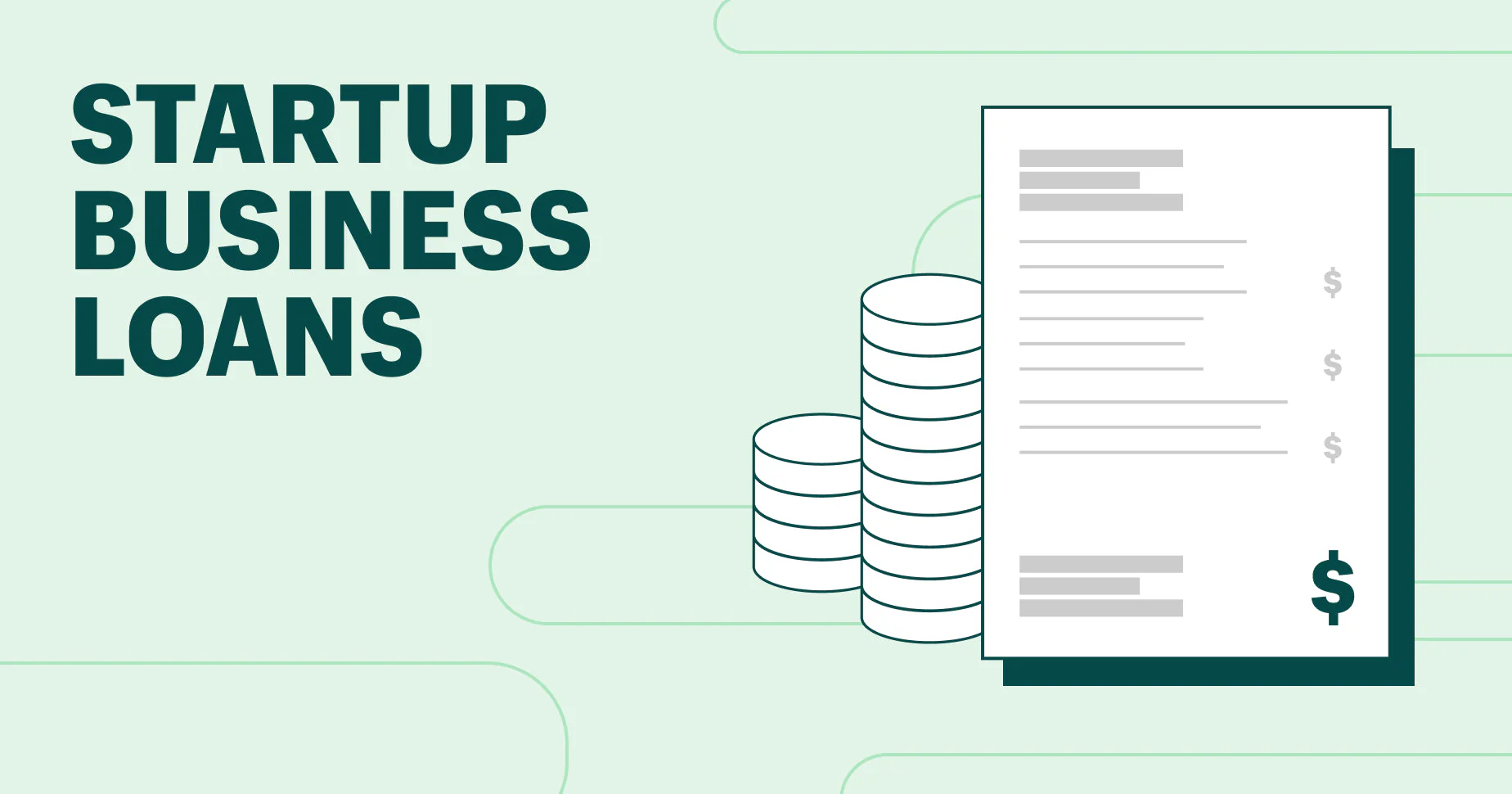The retail sector in the Philippines is dynamic, requiring constant capital for inventory, marketing, and store improvements. Whether you run a single sari-sari store or manage a chain of specialty shops, a strategic loan can be the catalyst for growth. However, financing a retail business requires choosing a loan product that matches the specific needs of your cash-flow model. This guide will explore the best loan options available for retail businesses in the Philippines, helping you find the right fit for your expansion plans.
Matching the Loan Type to Your Retail Needs
A retailer’s financial needs generally fall into two categories: short-term, recurring needs (like buying inventory) and long-term, fixed needs (like renovating a store). Choosing the correct loan product for each is essential for efficient financial management.
Working Capital Loans for Inventory Management
A Working Capital Loan or a Credit Line is the optimal choice for a retailer’s most frequent need: inventory financing. Retail businesses experience seasonal peaks (like Christmas or Back-to-School) and troughs, requiring a flexible source of funds to stock up on goods. A working capital loan is revolving credit, meaning the business can draw funds up to a pre-approved limit, repay the amount, and then borrow again.
This type of financing is perfect for short-term liquidity needs, ensuring your shelves are never empty, and allowing you to capitalize on bulk-purchase discounts from suppliers. Since the money is used quickly and repaid quickly (often within 30 to 90 days), it effectively bridges the gap between buying the inventory and selling it to the customer. Major Philippine banks and even specialized online lenders offer these credit lines, with requirements primarily focusing on demonstrating consistent daily or weekly sales volume.
The key advantage of a working capital loan is that you only pay interest on the amount you actually use, making it cost-efficient for managing the fluctuating cash flow that is characteristic of the retail environment.
Business Term Loans for Store Expansion
In contrast to a credit line, a Business Term Loan is the best option for long-term investments that generate value over several years. For a retailer, this includes major store renovations, opening a new branch, or purchasing expensive, long-lasting equipment (such as specialized refrigeration units, delivery vans, or advanced Point-of-Sale (POS) systems). The loan is provided as a lump sum and repaid in fixed, scheduled installments over a period that can range from one to five years.
The bank’s assessment for a term loan is focused on the retailer’s overall profitability and the expected return on investment (ROI) from the project. For example, a loan to renovate an existing store should be justified by a clear projection of increased sales after the upgrade. Because the loan is long-term, lenders often require collateral (like real estate or the equipment being purchased) to mitigate their risk, which can result in a more favorable interest rate than an unsecured loan.
A term loan provides the essential capital for expansion without depleting the business’s operating budget, ensuring that your ambitious growth plans do not compromise your day-to-day ability to purchase inventory.
Essential Requirements and Smart Borrowing
Regardless of the type of loan you choose, the application process for a retail business involves demonstrating financial stability and legitimate operations. Proper preparation of your documents can drastically speed up approval time.

Focusing on Cash Flow and Documentation
Retail businesses are evaluated heavily on their cash flow consistency. Since a retailer’s revenue is typically recorded daily, lenders look for clear proof of sales volume. In addition to standard legal documents (DTI/SEC registration, Articles of Incorporation), you must provide comprehensive sales records, often including POS system reports, sales invoices, and a valid Mayor’s Permit for your physical store location.
Lenders want to see a clear correlation between the sales reported on your Income Tax Returns (ITR) and the revenue documented in your bank statements. Any significant mismatch or unexplained gap in sales history will raise a red flag. For small retailers or sari-sari stores, a good relationship with a microfinance institution or a government-backed program like SB Corp, which often focuses on consistent daily cash flow, can be a more viable route than a commercial bank.
Having a clean and organized set of financial records that proves the business has been operating successfully for at least three years is the single most important factor for securing a favorable loan term.
Comparing Interest Structures and Terms
When comparing retail business loans, it is crucial to look beyond the nominal interest rate and understand the total cost of borrowing and the repayment structure. For term loans, ensure the fixed monthly payment is comfortable and that the repayment period is shorter than the expected useful life of the asset being purchased (e.g., pay off the delivery van before it needs replacement).
For a working capital credit line, pay close attention to the drawdown fees and the structure of how interest is calculated (daily vs. monthly). Because a retailer may use and repay the credit line multiple times a year, high drawdown fees can quickly erode the profitability of the loan. Always calculate the Annual Percentage Rate (APR), which includes all fees and charges, to get the clearest comparison between offers from different banks or lenders.
Conclusion
Financing a retail business successfully hinges on choosing the right loan for the right purpose. Use working capital loans for short-term inventory needs and business term loans for long-term expansion projects. By presenting clear, consistent sales documentation and comparing the full cost of borrowing, a retail business can secure the capital necessary to manage seasonal fluctuations and achieve sustained growth.













